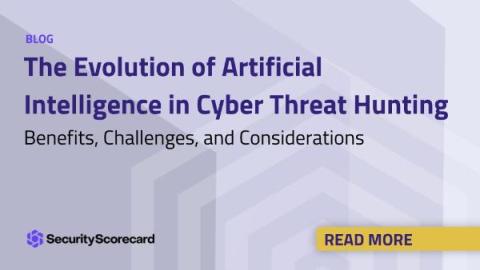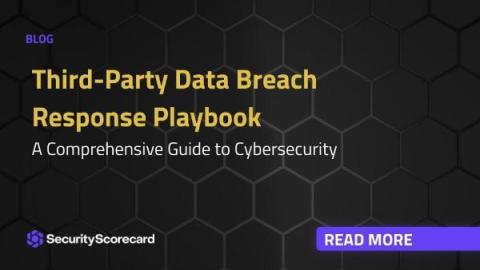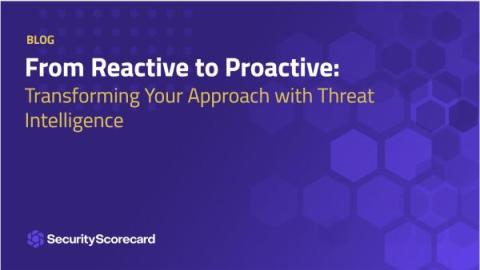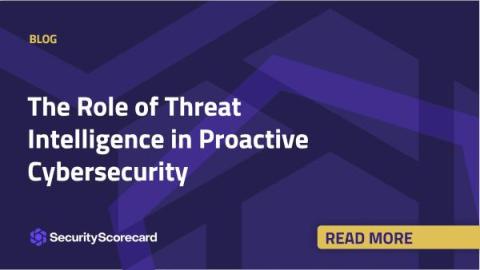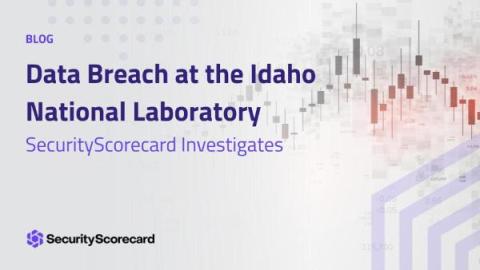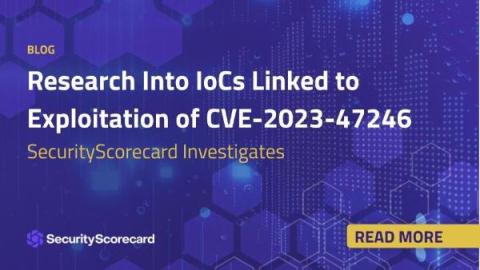The Evolution of Artificial Intelligence in Cyber Threat Hunting
The role of artificial intelligence (AI) has become increasingly prominent, particularly in the realm of cyber threat hunting. Cyber threats continue to evolve in complexity and sophistication, posing significant challenges to traditional cybersecurity measures. As a result, organizations are turning to AI-driven solutions to enhance their threat detection and response capabilities.


